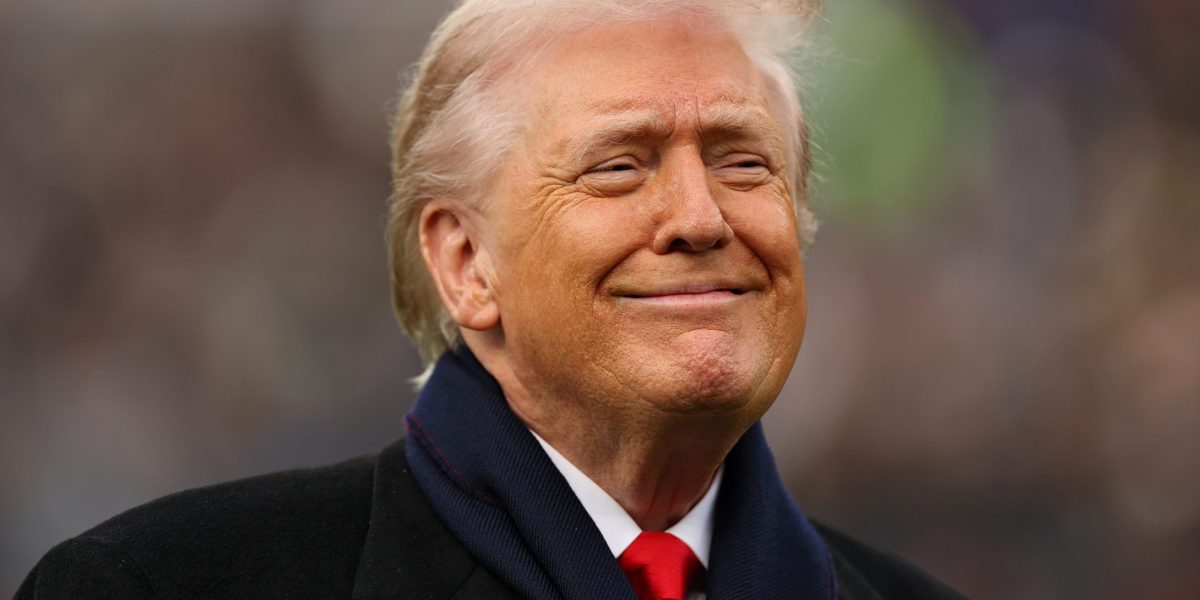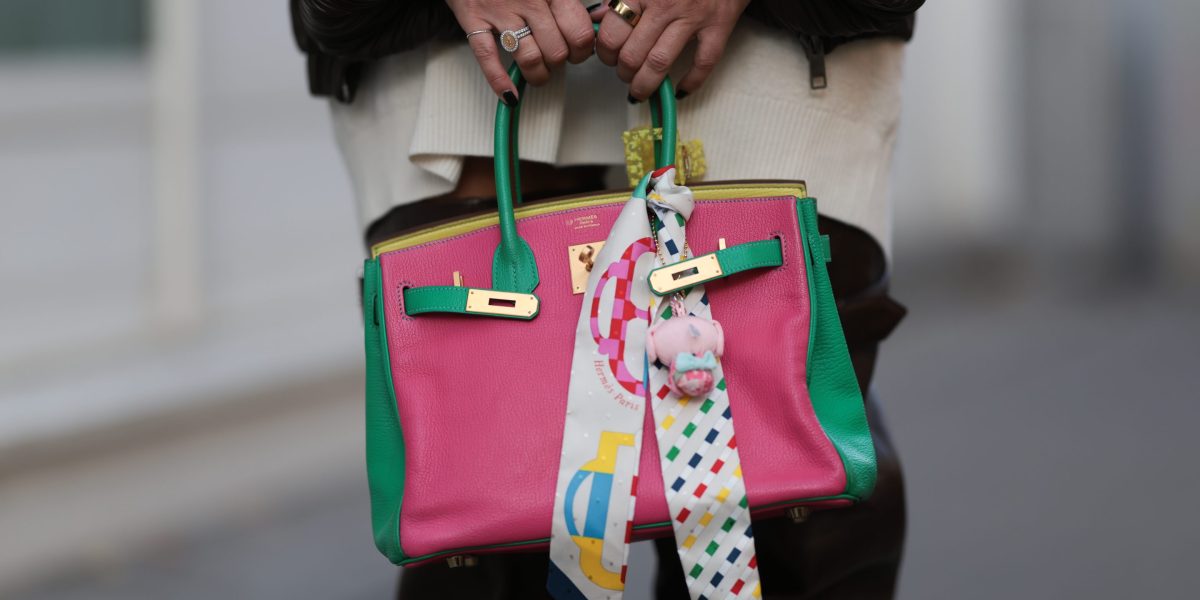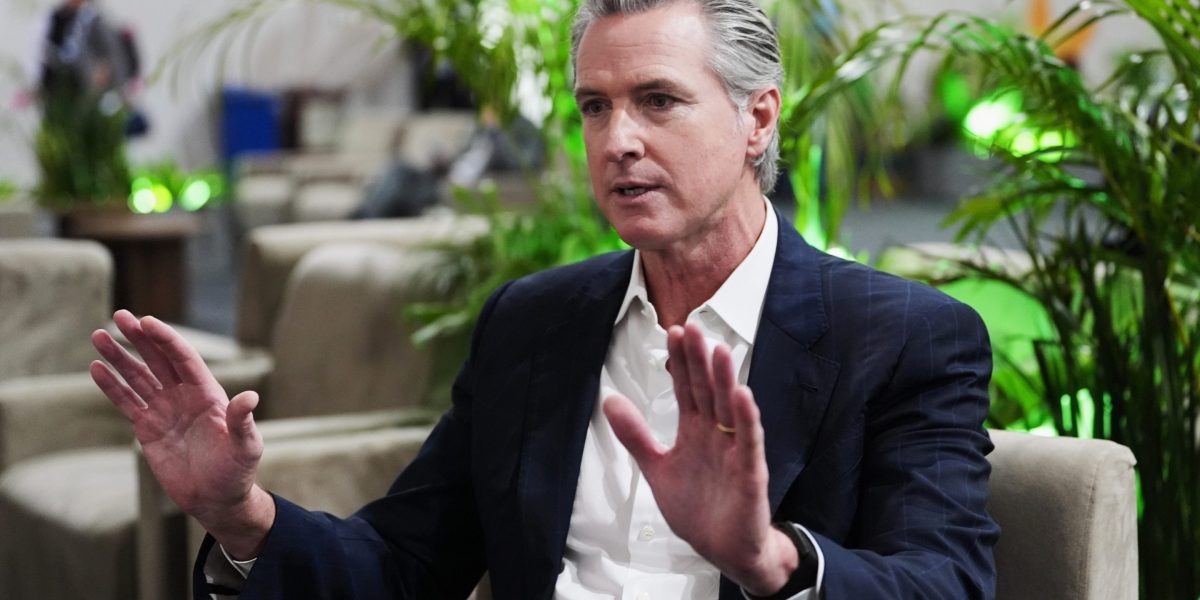When Cracker Barrel unveiled a sleek new logo this August, scrubbing the beloved “Old Timer” from its branding, backlash came fast. Former President Donald Trump blasted the change, conservative media piled on, and loyal customers revolted.
But one critic had sounded the alarm long before politics got involved: Sardar Biglari, an Iranian-American investor who owns about 9% of Cracker Barrel and has been warning for years that costly rebrands and remodels would backfire.
In October 2024, Biglari sent a seven-page letter to shareholders, calling CEO Julie Felss Masino’s $700 million modernization plan an “obvious folly.” His math: Cracker Barrel had spent $1.4 billion in capital expenditures since 2011, yet operating income had actually fallen from $167 million to $121 million.
Masino, who earned roughly $7 million in 2024 compensation, roughly 360 times more than the median employee, had come from Taco Bell with promises to reinvent the 55-year-old brand. But Biglari argued that remodeling would drain capital without solving the real problem: declining foot traffic.
When the board doubled down on Masino’s vision, Biglari followed up with a two-page warning in November, pointing out that a $100 investment in Cracker Barrel in 2019 had already withered to just $30 by 2024. “Therefore, there is just $30 to go before the entire investment is lost,” he wrote.
The board’s response? On November 21, 2024, shareholders re-elected all nominees, including Masino, touting it as an endorsement of the transformation plan.
By August 2025, the logo redesign had triggered public outrage, a 15% stock plunge and the company lost over $100 million in market value. Executives posted a swift reversal just a week later. Trump claimed credit for forcing the reversal, and his supporters hailed it as a win for tradition over “wokeness.”
Biglari and his Steak ‘n Shake brand seized the moment, releasing novelty “Biglari Was Right About Cracker Barrel” and “Fire Cracker Barrel CEO!” hats and blasting the company’s costly remodels: “Logo is a symptom of a bigger problem! The $700 million remodel is insane! It’s bland, soulless, and an unnecessary waste of money.”
The optics couldn’t have been clearer: while Masino and the board clung to big-budget branding gambits, Biglari had long been arguing for simplicity. His flagship brands thrive on straightforward value, hearty food, and consistency — exactly what critics say Cracker Barrel risks abandoning.
Read more: Rich, young Americans are ditching stocks — here are the alternative assets they’re banking on instead
Biglari is no stranger to turnarounds — or controversy. The son of a former military officer under Shah Reza Pahlavi, his family fled Tehran after the Iranian Revolution. Out of San Antonio, Texas, Biglari built Biglari Holdings from his family’s Persian carpet store into an NYSE-traded company. Biglari Holdings owns a variety of companies including Steak n’ Shake, Western Sizzlin’ and Maxim magazine.
He earned his reputation in the restaurant business by steering Steak ‘n Shake from near-insolvency in 2008 to 29 straight quarters of same-store sales growth. He also revived Western Sizzlin’. His approach emphasizes lean operations and consistency, though his aggressive tactics and public battles with boards have made him a polarizing figure in corporate America.
Yet his Cracker Barrel critique found support in an unexpected ally.
Cracker Barrel’s co-founder Tommy Lowe, now 93, blasted the redesign as “pitiful” and said the $700 million modernization plan was “throwing money out the window.” His criticism cut deeper than aesthetics: “They need to work on the food and service, and leave the barrel — the logo — alone.”
Under Biglari’s leadership, Steak ‘n Shake turned around from near-insolvency to a decade of growth. But that momentum started to fade: locations dropped from 626 in 2018 to about 426 by the end of 2024.
Still, there’s resilience. In Q2 2025, Steak ‘n Shake posted a 10.7% same-store sales increase, even as operating earnings in the restaurant segment slid to $3.7 million, down from $19.7 million a year earlier. The numbers reveal a complex truth: Biglari knows how to drive traffic but hasn’t fully cracked the current market challenges yet — his diagnosis of Cracker Barrel’s problems may be right even if his prescription isn’t perfect.
Beyond the logo controversy lies a fundamental question about Cracker Barrel’s identity. The company spent $16 million on consulting fees to discover what Biglari and Lowe have said for free: the brand has lost relevance.
Masino admitted that many of the company’s recipes and operations hadn’t changed in decades. Yet her solution, a $700 million remodel focused on “lighter, brighter” interiors, addresses aesthetics rather than the fundamental issues both critics identified. On Masino’s side is Cracker Barrel’s aging customer base — how are they supposed to attract new demographics and younger consumers without making strategic updates or better marketing?
For now, the clash underscores a larger debate facing many legacy brands: how to balance heritage with reinvention without alienating the very customers that made them iconic.
In trying to escape the past, Cracker Barrel discovered its future may depend on it. Biglari understood something the ex-Taco Bell executive didn’t: some brands succeed not despite being old-fashioned, but because of it.
The logo has been reversed, but with the $700 million remodel proceeding and traffic still declining, investor Chris Wunder noted after the debacle: “Maybe we should have let Sardar Biglari and Biglari Holdings Inc. take over.”
Stay in the know. Join 200,000+ readers and get the best of Moneywise sent straight to your inbox every week for free. Subscribe now.
This article provides information only and should not be construed as advice. It is provided without warranty of any kind.

























